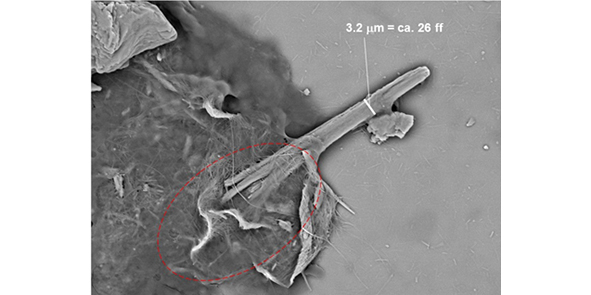In vitro toxicity of short vs long chrysotile fibres
DOI:
https://doi.org/10.13133/2239-1002/18012Abstract
Chrysotile is a natural hydrous layer silicate that belongs to the serpentine group. Because of its unique asbestiform shape and outstanding physical-chemical properties, chrysotile is still nowadays the most used commercial mineral fibre in the world. This occurs despite the mineral has been classified as a Group 1 carcinogen by the International Agency for Research on Cancer (IARC). Since the “fibre toxicity paradigm” relies on the fibre size (length L and width W) and biodurability, the present work attempts to shed light on the issue of the toxicity of short vs. long chrysotile fibres by investigating two size-separated batches of chrysotile fibres (L>5 mm and L≤5 mm) of a commercial Russian sample. In parallel, UICC crocidolite and NYAD G wollastonite fibres were used as a positive and a negative carcinogenic standard, respectively. The calculated fibre potential toxicity/pathogenicity index (FPTI) value of the long-fibre chrysotile (2.35) is greater than that of the short-fibre (2.18) predicting a greater potential of toxicity/ pathogenicity of the former. The FTPI value of short-fibre chrysotile is greater than that of wollastonite (1.92-2.12) but lower than that of crocidolite (2.67). The theoretical predictions were complemented with in vitro toxicity tests performed in parallel on four different cell types involved in the toxicity of inhaled mineral fibres: alveolar, endothelial, mesothelial cells and macrophages. The results from the MTT and LDH toxicity and ROS production tests are in line with the FPTI prediction. The negative carcinogenic standard wollastonite displays the lower in vitro toxicity score (0.25), while the short-fibre chrysotile presents a higher score (0.43), followed by the long-fibre chrysotile (0.66) and the positive carcinogenic standard crocidolite (0.67).
In conclusion, our in vitro acute toxicity results on chrysotile are in line with the FPTI model predictions, indicating that short chrysotile asbestos fibres should not be assimilated to “innocuous dusts”.

Downloads
Published
Issue
Section
License
Copyright (c) 2023 Periodico di Mineralogia

This work is licensed under a Creative Commons Attribution 4.0 International License.

